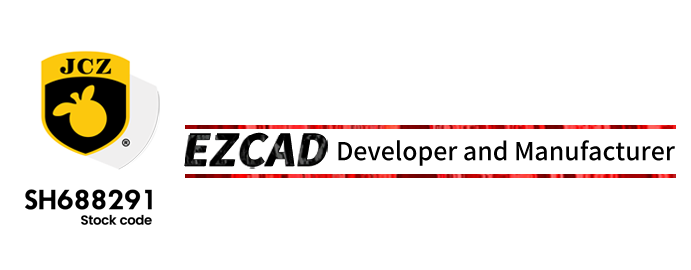
Laser engraving technology has gradually transitioned from industrial applications to everyday products such as charger engravings, cellphone casing engravings, fabric engravings for clothing, and jewelry engravings. Laser engraving is a novel, non-contact, non-polluting, and non-damaging technology that integrates laser, computer, and electromechanical integration. It is currently the most widely used advanced manufacturing technology in laser processing.

Whether it's the use of QR code recognition components, identification related to speedometers and showerhead functionalities, or the personalized treatment of daily items like certificates or cosmetics, the key strength of laser engraving lies in its diversity. Laser engraving not only meets the higher demands for traceability, raw materials, anti-counterfeiting protection, and personalized products but also fulfills the desire to use components as dedicated storage media in smart factories.
In the laser engraving process, the strong pulse laser beam is used to mark directly on the surface. The interaction between the focused beam and the surface can cause changes in the material, such as color alteration, structural modifications, engraved patterns, or material erosion. The changes in the material depend largely on the wavelength, pulse width, and radiation intensity of the laser beam at the focal point.
As a modern processing technology, laser engraving boasts high precision, excellent results, a wide range of applications, environmental friendliness, and zero consumables, making it more advantageous compared to traditional processing methods. It has found widespread applications in manufacturing, medical instruments, the electronics industry, and beyond. The success of laser engraving is attributed to the collaborative efforts of advanced software, control cards, and galvanometer systems.
Steps in the Laser Engraving Process
Step 1: Laser interacts with the material surface. The laser beam used in laser engraving is typically a pulsed laser, outputting a pulse within a specific time period. To control the laser beam's interaction with the material, crucial parameters such as scanning speed and spacing must be controlled.
Step 2: Material absorbs laser energy. After the laser beam acts on the material surface, the majority of the laser energy is reflected, with only a small portion being absorbed by the material and converted into heat. Laser engraving requires absorbing enough energy to melt and vaporize the surface material.
Step 3: Local expansion of material surface, changes in roughness, and formation of the mark. When the material melts and cools rapidly, changes in surface roughness occur, forming permanent marks such as codes, logos, graphics, etc.
This article delves into the entire process of implementing laser engraving, with a focus on key technologies such as EZCAD software, control cards, and galvanometer systems.
Laser engraving is a high-precision processing technique involving engraving and engraving materials using a laser beam. Key components like EZCAD software, control cards, and galvanometer systems play crucial roles in this process.
Choosing the Laser Source
The laser source, a core component, requires careful selection based on the material type and specific engraving requirements, including wavelength and power considerations.
EZCAD software, a professional engraving control tool, facilitates the design and adjustment of engraving patterns with its intuitive user interface and powerful features.
Control cards serve as the bridge between the computer and the galvanometer system, receiving instructions and translating them into motion signals for precise engraving.
Galvanometer systems are critical for accurate laser beam positioning, enabling the realization of complex engraving patterns through high-speed vibration adjustments.
Technical Challenges and Solutions in Practice
Practical challenges in laser engraving, such as material non-uniformity and handling complex patterns, can be overcome through adjustments in laser parameters and optimized pattern designs.
Future Development Directions
Future Development Directions Ongoing technological advancements in laser engraving may lead to higher engraving speeds, broader material applicability, and finer engraving effects. Key technologies, including EZCAD software, lasers, control cards, and galvanometer systems, will continue to drive innovation.
Conclusion: Achieving laser engraving requires the collaborative efforts of various key technologies. From selecting the laser source to adjusting the galvanometer system, each step is crucial. Core components such as EZCAD software, lasers, control cards, and galvanometer systems play irreplaceable roles throughout the entire laser engraving process. In the future, as technology continues to advance, laser engraving will demonstrate its potent capabilities in various fields.
由用户整理投稿发布,不代表本站观点及立场,仅供交流学习之用,如涉及版权等问题,请随时联系我们(yangmei@bjjcz.com),我们将在第一时间给予处理。
Post time: Jan-15-2024






